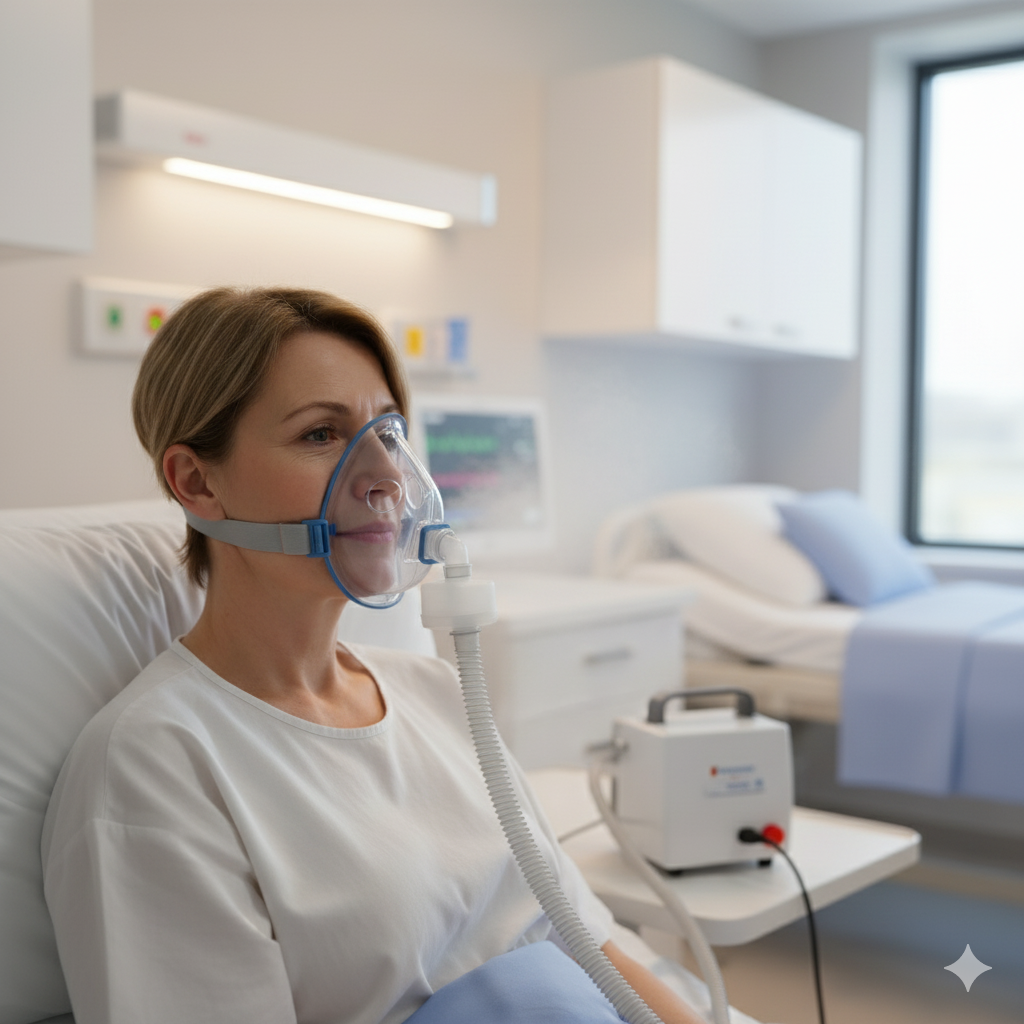How to Use a Nebulizer Correctly – A Beginner’s Guide
For people living with respiratory conditions such as asthma, COPD, or chronic bronchitis, a nebulizer can be a lifesaver. It converts liquid medication into a fine mist that is inhaled directly into the lungs, providing fast and effective relief.
For step-by-step instructions on long-term upkeep of devices, you may also want to read our caregiver’s guide to cleaning medical equipment, which explains best practices for sanitizing and maintaining all types of home healthcare supplies.
What Is a Nebulizer?
A nebulizer is a small machine that turns liquid medicine into a breathable mist. Unlike inhalers, which require coordination and strong inhalation, nebulizers are easier for children, elderly patients, and anyone struggling with severe breathing difficulties.
There are different types:
- Jet Nebulizers – Most common, powered by compressed air.
- Ultrasonic Nebulizers – Use high-frequency vibrations to create mist.
- Mesh Nebulizers – Portable, battery-powered, and quieter.
When Is a Nebulizer Needed?
Doctors often prescribe nebulizers for:
- Asthma flare-ups
- COPD management
- Cystic fibrosis treatment
- Respiratory infections needing inhaled antibiotics
- Severe allergies causing breathing problems
In the future, many nebulizers will be integrated with smart medical devices, allowing doctors to monitor usage remotely.
Mistakes to Avoid
- Not cleaning after use – This allows bacteria and mold to grow.
- Incorrect posture – Slouching reduces medicine delivery.
- Rushing the process – Inhaling too fast may not deliver full dosage.
- Skipping replacement parts – Tubing and filters wear out over time.
Maintenance & Replacement Schedule
- Tubing: Replace every 6 months.
- Mouthpiece/Mask: Replace every 3–6 months.
- Filter: Check monthly, replace if discolored.
- Compressor: Service annually or as recommended.
Many new nebulizers now come with digital sensors and app tracking. Our guide on smart medical devices in home healthcare explores how technology is transforming respiratory care.
Safety Precautions
- Always use medication prescribed by your doctor.
- Store medicines in a cool, dry place.
- Never self-adjust dosages without medical advice.
- If your machine stops working, avoid DIY electrical fixes—contact the supplier.
Tips for Caregivers
- Encourage patients to stay calm and breathe normally.
- Use distraction for children (reading, cartoons).
- Keep a written log of treatment times and doses.
- Make cleaning part of the daily routine.
For more caregiver support, see our equipment maintenance guide, which includes a printable cleaning checklist.
Conclusion
Using a nebulizer correctly ensures that patients get the full benefit of their medication. By following proper setup, cleaning, and maintenance steps, you can keep the device safe and effective for years.
Want to know what’s next in respiratory care?
Read our article on the role of smart medical devices in home healthcare to see how technology is making treatment more efficient and personalized.




